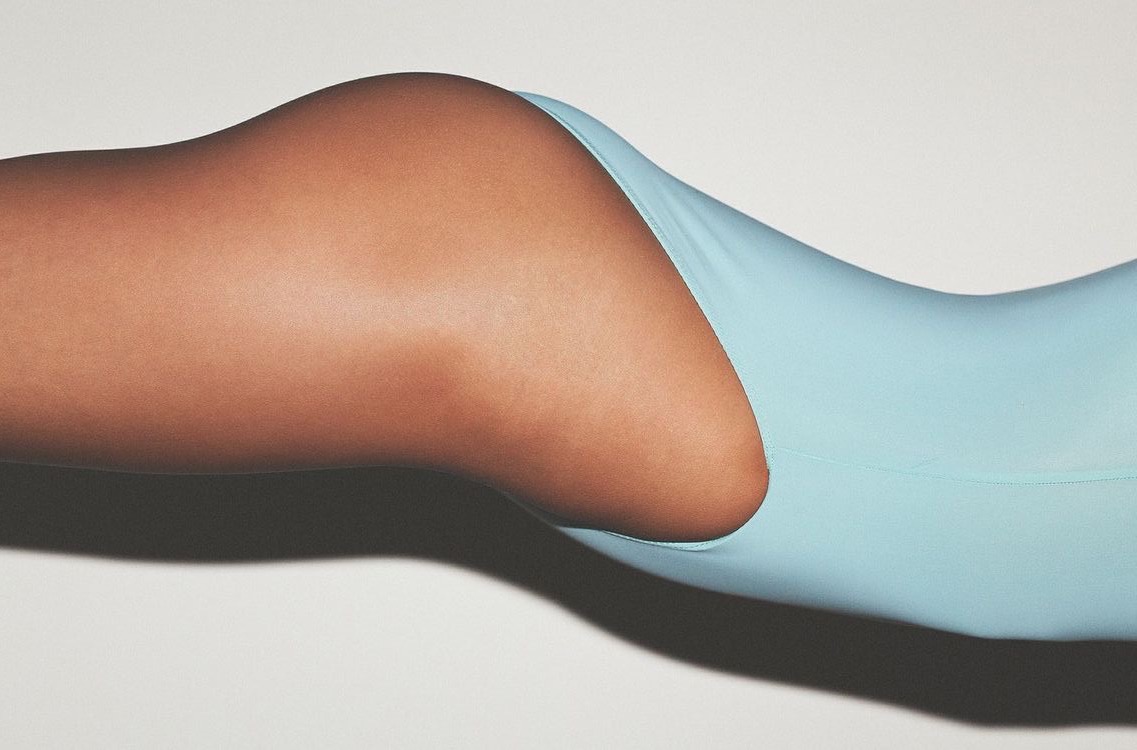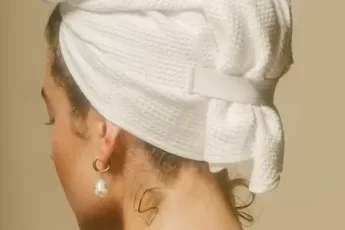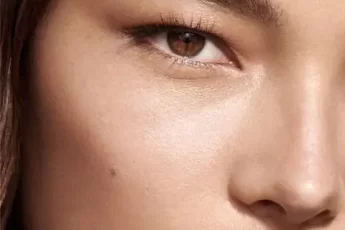But first things first, a friendly reminder: It’s totally normal and natural.
An important announcement for you: Cellulite is 100 percent normal and there’s absolutely nothing wrong with having it, loving it, or even wanting to get rid of it. It’s your body and your comfort.
Here’s the thing though: If you aren’t a fan of your cellulite, you need to know that you can’t technically get rid of cellulite at home. No matter how many creams and exfoliating scrubs you use daily, you can’t actually make your dimples disappear. You can temporarily smooth and tighten your skin with the right ingredients, but the best long-term solution is an in-clinic treatment with an expert. It’s a lot to take in, but don’t fret! We chatted to Cosmetic Avenue’s Transformational Specialist, Monica Pham to explain exactly what’s going on and what cellulite treatment is available.
You’ll also like this:
Redecorating Your Bedroom: How To Style Your Windows
Where Parisian Grit Meets Glamour: The Strand Hotel
16 Luxury Christmas Gifts Worth The Splurge
Here’s everything you need to know when it comes to working with your cellulite.
What is Cellulite?
Cellulite is dimpling or lumpiness of the skin on the thighs, butt, stomach, and hips—although you can get it other places on the body, including your arms. Cellulite forms when fat cells beneath your skin (which everyone has, regardless of what you eat or how frequently you exercise) push up against your skin’s connective tissues, causing skin to dimple or pucker. Cellulite is completely harmless and so common.
Cellulite affects up to 90% of women (even the most athletic) and is the result of both fat storage in adipocytes (fat cells) and water retention in the body. As the adipocytes grow, the connective tissue that contains them (septa) pulls on the skin surface and deforms it. At the same time, circulation is blocked, and toxins accumulate.
That is when cellulite appears, creating the inevitable appearance likened to cottage cheese and orange peels under the skin. Cellulite development depends on a bunch of factors, including hormones, genetics, age, weight, diet, pregnancy, activity, and how much collagen and estrogen you have in your skin.
What are the “grades” of cellulite?
There are four grades of cellulite, which help your medical pro assess your skin:
- Zero: no visible cellulite.
- One: cellulite is visible only when you pinch the overlying skin.
- Two: cellulite is visible when a person is standing.
- Three: severe cellulite is visible when standing and sitting, with deep peaks and valleys on the skin.
How Cellulite Treatment Works
At Cosmetic Avenue, the cellulite treatment uses Robolex, a multi-functional body contouring device that combines Radiofrequency (RF) and Ultrasonic Cavitation technology, to treat various parts of the body which includes arms, abdomen, back and thighs.
Fat Cavitation promotes triglyceride and amino acid removal from the adiposite (basically rupturing and emptying the fat cell). Because cellulite is complex, using RF immediately after fat cav will help with breaking up the fibrotic bands and because the RF handpieces have suction, this also helps to open lymphatic channels in the treatment area.
Because the Robolex has the low-level laser inside the RF handpieces, this stimulates the mitochondria in the cell (giving them energy) and resulting in faster results. Win win! Where do we sign up?!
You’ll also like this:
How To Create The Perfect Summer Makeup Look









Leave a Comment